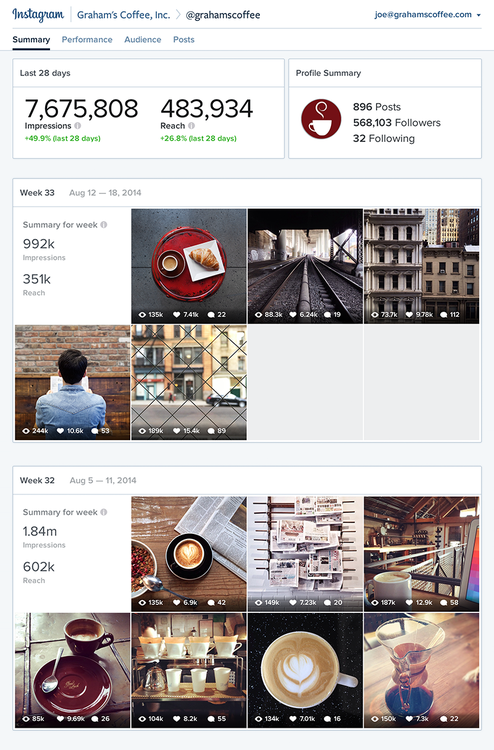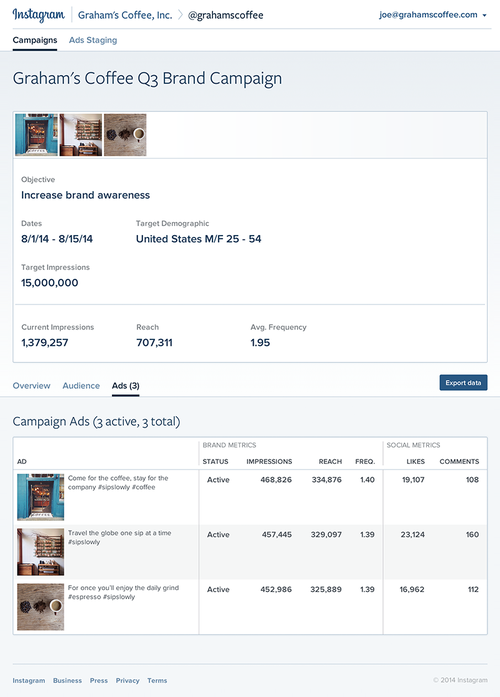Homeaway - The online holiday rental company took the decision to appoint former Visa and Vodafone marketer Mariano Dima as chief marketing officer. A newly created role that will oversee all global marketing, corporate communications and brand initiatives. Dima's CV includes 20 years of marketing, product and business development for brands that cinlude PepsiCo, Vodafone, Levi Straus and Visa.
Regus - Eva Eisenschimmel has become the latest senior marketing executive to join Regus. She follows Rick Vlemmiks who joined as their most senior marketer last year. Eisenschimmel, who left Lloyds earlier this year after three years as group marketing director, joins in september and has been tasked with looking after the company’s global marketing efforts.
Ryanair - Ryanair has appointed John Hurley as its first chief technology officer, this move comes as Rynair attempts to forge its 'online travel revolution' that will ‘change the world of online air travel’.
Hurley will be responsibile for developing its fledgling digital and technology strategy, with the company in the process of recruiting a team of up to 200 people across marketing, content and strategy that Hurley will oversee. Hurley joins from educational publisher Houghton Mifflin Harcourt where he was vice president of software development.
Instagram - James Quarles has made the move from parent company Facebook to his new role as global head of business and brand development for Instagram.
Quarles will be responsible for the overall growth of Instagram as well as “building a broad asset of solutions for brands of all sizes on Instagram”.
The move means he will have to relocate from London to Instagram’s US headquarters and report into the company’s founder and CEO Kevin Systrom.
Instagram has been “deliberately” slowly rolling out advertising on the app since it first began trialling ads with a small group of brands in the US last November. Read more about Instagrams new features.
National Trust - Jordan replaces Clare Mullen, who left 4 weeks ago to move to India. She will take over towards the end of the year, although a date has not yet been set. Harry Heeley, previously commercial director at the Trust, is running the marketing department in the interim.
Jordan’s appointment comes as the National Trust renews its focus on digital. It will relaunch its website and mobile app at the start of next year to shift away from just providing information about its properties to offering more engaging content personalised to visitors based on where they live and their previous visits.
Buzzfeed - BuzzFeed has appointed ad sales veteran Greg Coleman as its new president with the task of ramping up its social advertising offering to brands. He joins from Criteo, where he was president. His other experience includes being a former president and chief revenue officer at Huffington Post and vice president of sales at Yahoo. Coleman replaces Jon Steinberg who left last month to join the MailOnline.
In addition to overseeing sales, creative services, marketing and products and business development, he is tasked with securing a greater share of brands’ ad budget for Buzzfeed’s social advertising offering.
Apple - Musa Tariq has been hired by Apple as they are set to increase their social media activity, something that has been discipline it has been slow to embrace. They hope that Musa, who is viewed as a pioneer in the social media world, will help push the brand on through community management and viral content.
The former Burberry social media director reunites with the fashion house’s previous chief executive Angela Ahrendts, who became senior vice president of Apple Retail in May.
Apple has very few social media accounts with the company discounting the need to engage fans constantly to buy its products until recently. Tariq is tasked with resolving the limited presence, an area chief executive Tim Cook has looked to address through a string of high-profile hires and acquisitions.
Regus - Eva Eisenschimmel has become the latest senior marketing executive to join Regus. She follows Rick Vlemmiks who joined as their most senior marketer last year. Eisenschimmel, who left Lloyds earlier this year after three years as group marketing director, joins in september and has been tasked with looking after the company’s global marketing efforts.
Ryanair - Ryanair has appointed John Hurley as its first chief technology officer, this move comes as Rynair attempts to forge its 'online travel revolution' that will ‘change the world of online air travel’.
Hurley will be responsibile for developing its fledgling digital and technology strategy, with the company in the process of recruiting a team of up to 200 people across marketing, content and strategy that Hurley will oversee. Hurley joins from educational publisher Houghton Mifflin Harcourt where he was vice president of software development.
Instagram - James Quarles has made the move from parent company Facebook to his new role as global head of business and brand development for Instagram.
Quarles will be responsible for the overall growth of Instagram as well as “building a broad asset of solutions for brands of all sizes on Instagram”.
The move means he will have to relocate from London to Instagram’s US headquarters and report into the company’s founder and CEO Kevin Systrom.
Instagram has been “deliberately” slowly rolling out advertising on the app since it first began trialling ads with a small group of brands in the US last November. Read more about Instagrams new features.
National Trust - Jordan replaces Clare Mullen, who left 4 weeks ago to move to India. She will take over towards the end of the year, although a date has not yet been set. Harry Heeley, previously commercial director at the Trust, is running the marketing department in the interim.
Jordan’s appointment comes as the National Trust renews its focus on digital. It will relaunch its website and mobile app at the start of next year to shift away from just providing information about its properties to offering more engaging content personalised to visitors based on where they live and their previous visits.
Buzzfeed - BuzzFeed has appointed ad sales veteran Greg Coleman as its new president with the task of ramping up its social advertising offering to brands. He joins from Criteo, where he was president. His other experience includes being a former president and chief revenue officer at Huffington Post and vice president of sales at Yahoo. Coleman replaces Jon Steinberg who left last month to join the MailOnline.
In addition to overseeing sales, creative services, marketing and products and business development, he is tasked with securing a greater share of brands’ ad budget for Buzzfeed’s social advertising offering.
Apple - Musa Tariq has been hired by Apple as they are set to increase their social media activity, something that has been discipline it has been slow to embrace. They hope that Musa, who is viewed as a pioneer in the social media world, will help push the brand on through community management and viral content.
The former Burberry social media director reunites with the fashion house’s previous chief executive Angela Ahrendts, who became senior vice president of Apple Retail in May.
Apple has very few social media accounts with the company discounting the need to engage fans constantly to buy its products until recently. Tariq is tasked with resolving the limited presence, an area chief executive Tim Cook has looked to address through a string of high-profile hires and acquisitions.


















